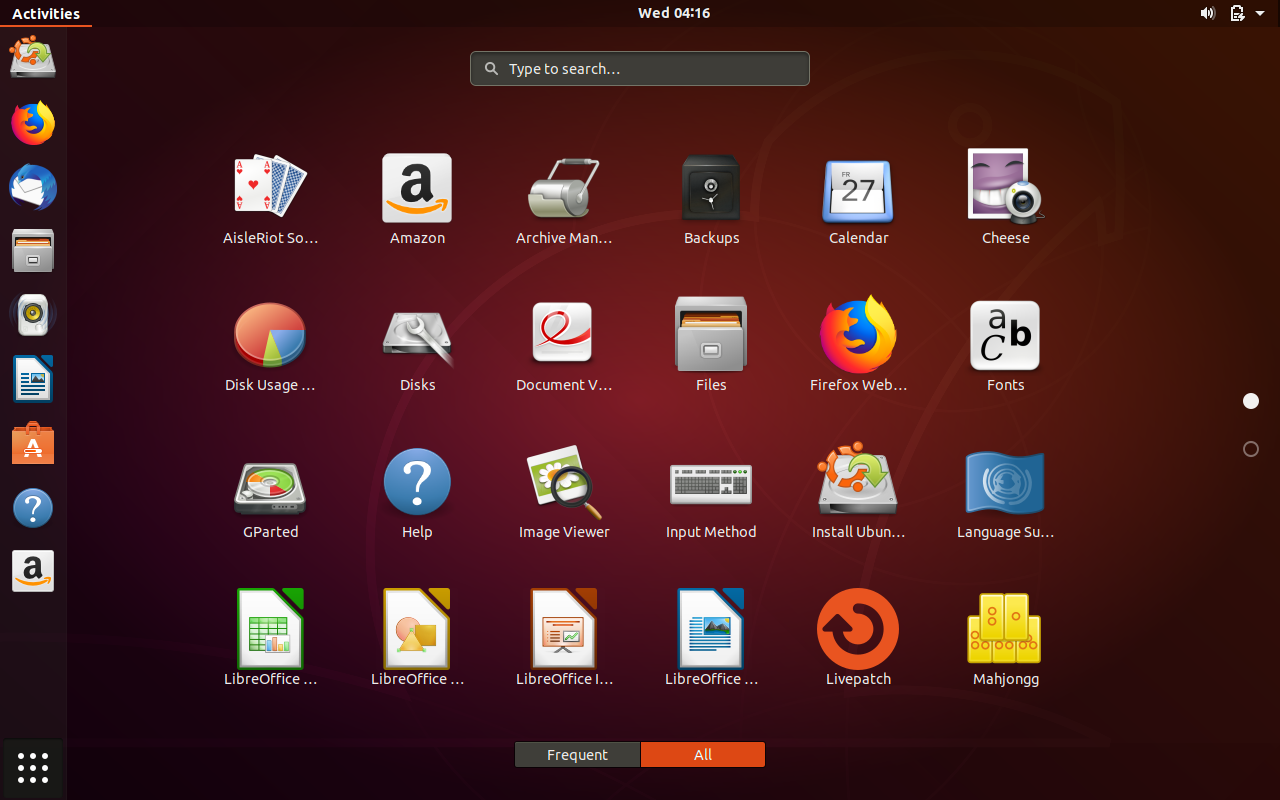
And, the command echo does the task of writing to file. Moreover, as the kernel documentation states, the drop_cache helps in cleaning the cache without destroying any application or service. Until each command is terminated, the shell waits before it implements the subsequent command in the sequence. Further, the command that is separated by “ ” operates sequentially. In the above commands, sync functions to clean the file system buffer.

The third and the last choice you get is to Clear pagecache, dentries, and inodes – # sync echo 3 > /proc/sys/vm/drop_caches The second option you have is to Clear dentries and inodes – # sync echo 2 > /proc/sys/vm/drop_cachesģ. # sync echo 1 > /proc/sys/vm/drop_cachesĢ. First choice you have is to Clear PageCache only – They are explained below along with the command you need to use to implement them –ġ. With each option, you do not have to intervene in any processes or services. With every kind of Linux system, you get three different choices in order to clear cache Linux. Begin diving into the subsequent sections to get the details. In this article, we will provide insights into the ways employing which you can free or clear cache Linux, Clear Cache in Linux, buffer, and swap space.

The best part of the Linux operating system is that it renders the way to flush or free the ram cache if any process eats away your system’s memory unnecessarily. One can state that it has implemented memory administration even more than some of the other leading operating systems. GNU/Linux operating system has been executing the memory management quite efficiently.


 0 kommentar(er)
0 kommentar(er)
